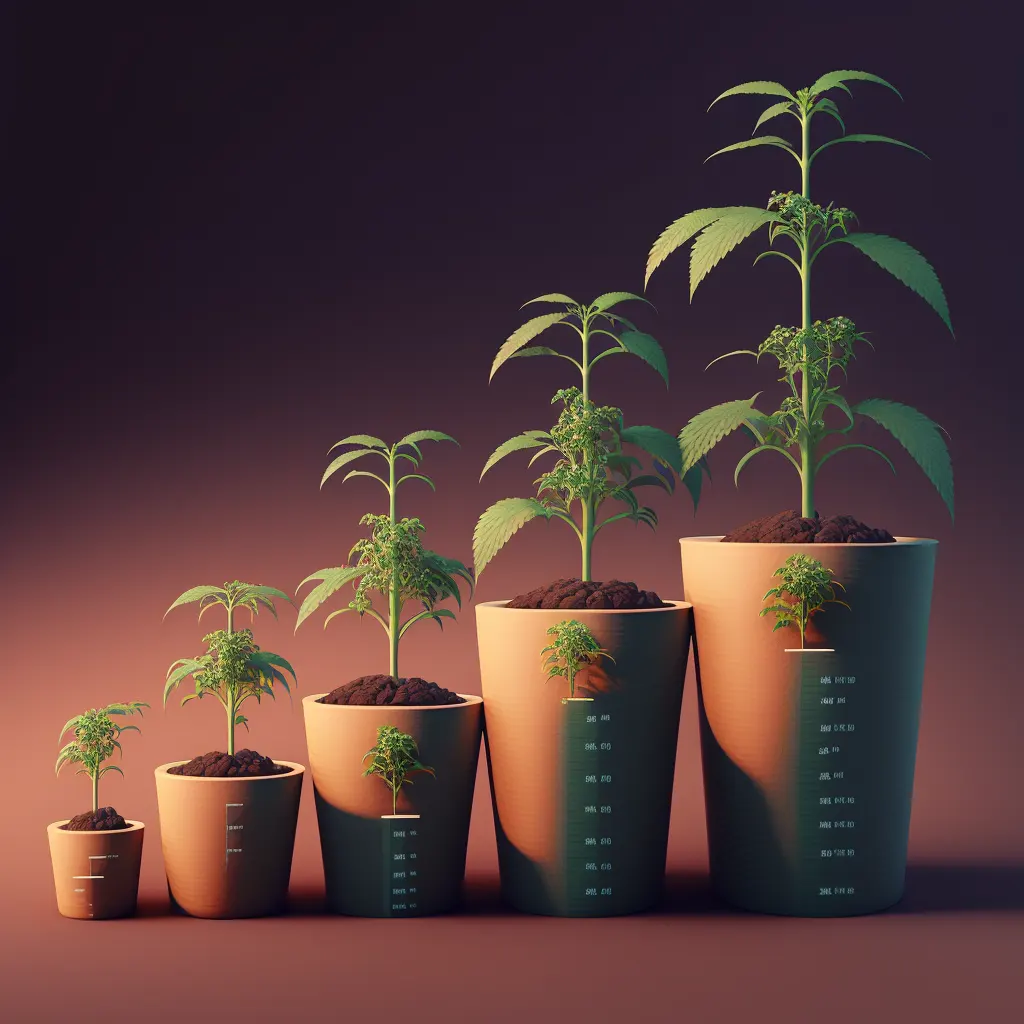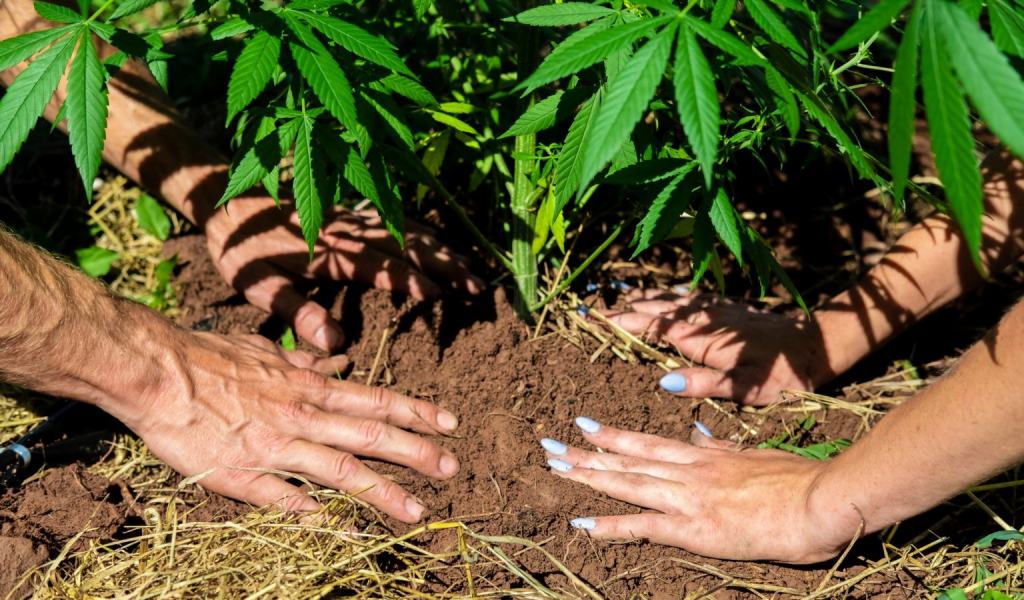English
Transplanting cannabis
Cannabis is like any other plant: sometimes it outgrows its pots. That’s when it’s time to replant. Repotting is an important technique for every marijuana grower, whether they grow indoors or outdoors. However, it is not always easy. That’s why we’ve put together some important information on repotting!
Why should I bother with transplantation?
Beginning growers often overlook this step in the growing process. They may think they can skip the process to save time and effort. In reality, however, it is an important part of the plant’s life cycle. Early transplanting ensures the stable development of the root system, In short, the marijuana plant must be in the right size pot.
Containers that are too large or too small present a number of problems. The end result. Diseased plants with roots, poor quality flowers and disastrous yields. Don’t let this happen to you!
When do I transplant the marijuana?
An experienced grower knows that marijuana cannot be replanted haphazardly. Instead, there are several ways to determine when to repot. For example, a plant may give signs that it needs repotting. Growers can tell this by the number of leaves on the plant or the development of its roots. In addition, they can choose a specific time to repot, such as at the end of the growing season.
By looking at the leaves
When transplanting young cannabis plants, watch for leaf development. Young plants should start in small containers until they have grown four to five sets of leaves. Remember that this number does not include the cotyledons (the first two leaves that appear after the seed has germinated). Once the plant has developed its first few leaves, its root system will have outgrown the original container. Repotting at this point will help prevent the plant from rooting.
Assessment by root development
If the roots of a young plant start to emerge from the bottom of the pot, it is time to repot. Pay particular attention to the colour of the roots – you can tell how healthy the marijuana plant is by how healthy it is. Bright white roots indicate a healthy plant that is growing fast. They may even look hairy as smaller roots separate from the main roots. However, if the roots look yellow or brown, they are diseased and should be replanted as soon as possible.
Transplanting late in the growing season
Many growers plan transplanting for late in the growing season. The best time is the last two weeks of the plant’s growth cycle. During this time, the roots are growing rapidly and looking for new soil. If the gardener transplants at this time, he will see his plants grow exponentially in a matter of days.
By using this technique, the grower can replant his marijuana in a preventative manner and avoid potential problems before they occur.
Root Binding: What does it look like?
Repotting is one of the most stressful processes a plant can experience. Its roots are exposed to the air, which exposes them to many problems. Growers need to regulate humidity and temperature to protect the roots. In general, roots like a temperature of about 21 degrees Celsius (70 degrees Fahrenheit) and a relative humidity of about 70%.
Transplanting Seedlings
Whether we have started a new plant from seed or cut clones from the parent plant, we will need to replant the seedlings. Once the seedling starts to sprout healthy white roots from the bottom of the plug, it is ready to be transplanted into a larger container. Young plants require small containers.
Small plastic containers with drainage holes are sold in garden shops. These containers are the ideal size for the root development of the seedlings.
If you do so, be sure to cut holes in the bottom of the pot for drainage! To transplant the seedling to its new home, fill the pot with a few inches of soil. Then dig a hole all the way down to the joint and insert the seedling plug. But the work doesn’t stop there. Once the seedling’s leaves start to reach the edge of the pot, it’s time to repot.
Tips and tricks at the end
Here are some tips you can use when transplanting marijuana:
- Water 1 to 2 days before transplanting.
- Water the plants immediately after repotting. This will encourage the roots to grow.
- Using bat guano is a great way to increase the growth of marijuana plants when repotting. It is rich in nitrogen, which is an essential building block for young plants.
Fresh seeds are the foundation, check out our range of seeds autoflowering and feminized varieties and you can also find CBD variants.
Published by Blood
24/02/2023choose and buy cannabis seeds from our offer
our pleasure






























Transplanting cannabis is sometimes absolutely necessary and really needs to be done carefully